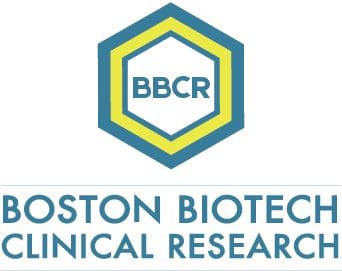Disorders of the central nervous system (CNS) account for the most frequent health disruptions afflicting our society as a whole today: Alzheimer’s, migraine headaches, stroke, addictions, depression, autism, panic, epilepsy…
And yet, drugs developed to treat CNS diseases take about 35% longer to complete clinical trials and receive regulatory approval compared to other new prescription medicines. The complications of the pathologies and figuring the science behind them, the high costs of clinical studies, and the common clinical failures pose a daunting panorama. Not surprisingly, we are witnessing an apparent exodus of Big Pharma companies from the CNS drug development field (e.g., AstraZeneca cutting 2,200 R&D jobs, and slashing neuroscience in restructuring).
Joseph DiMasi, director of economic analysis at the Tufts Center for the Study of Drug Development seems to believe that “Despite the longer and more costly development associated with CNS drugs, the CNS new product pipeline is among the richest in the R&D-based drug industry, in the short term because there are a lot of drugs in the pipeline.” Biomarker development continues as well. And the search for Alzheimer’s disease biomarkers goes on, with a number of biomarkers beginning to emerge. A team from Washington University School of Medicine in St. Louis has published the detection of biomarkers in the cerebrospinal fluid of people with very mild or mild Alzheimer’s disease. They measured the biomarkers visinin-like protein-1 (VILIP-1), tau, p-tau181 and Aβ42 (amyloid beta), as well as tracking changes in mental activity and memory with annual assessments. VILIP-1 measures damage to brain cells, and tau and Aβ42 reflect the plaques starting to form in the brain. Alzheimer’s disease in people with higher levels of these biomarkers, particularly VILIP-1, progressed more quickly. In patients with early symptoms of Alzheimer’s disease, VILIP-1 and other biomarkers could be very useful in predicting the course of the disease and in evaluating new treatments in clinical trials.
Any runner knows that maintaining a focus on the finish line takes tremendous effort in actually attaining it. CNS biomarker and new drug development are very special and important races.
How can the key stakeholders maintain their focus on the finish line? How can they be incentivized to remain in this seemingly long stretch?
1. http://csdd.tufts.edu
2. Tarawneh R., Lee J.- M., Ladenson J.H., Morris J.C., Holtzman D.M. CSF VILIP-1 predicts rates of cognitive decline in early Alzheimer disease. Neurology WNL.0b013e318248e568; published ahead of print February 22, 2012.

Specializing in rare disease, Boston Biotech Clinical Research works with biotech, pharmaceutical, device companies and investors to streamline the clinical trial process. Our experienced team helps each client reach their specific goals by customizing a clinical and regulatory road map of simplified programs and streamlined protocols to meet our clients’ requirements.

